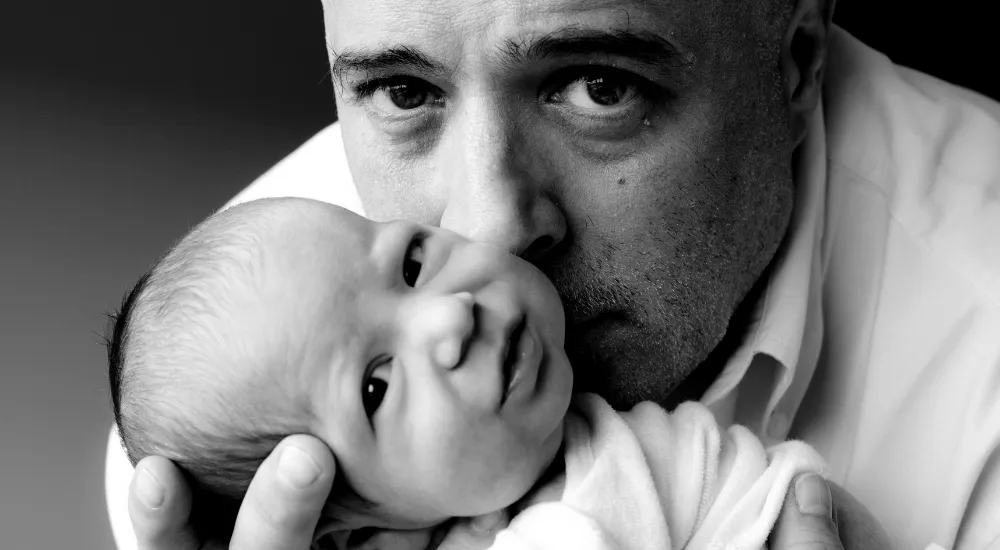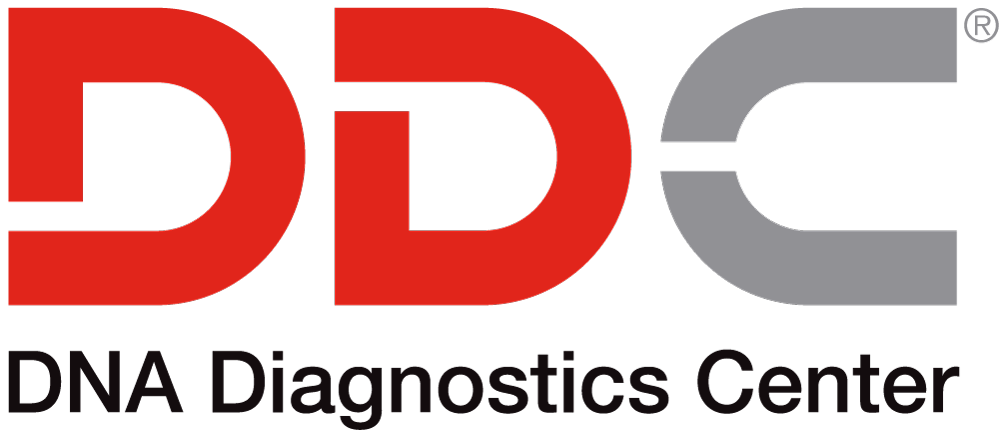OCTOBER 25, 2017
Top 5 Questions about Legal DNA Testing

Are you unsure whether you need legal DNA testing or whether an at-home test is good enough? Even if you think right now that you’ll never need test results for court, it’s still wise to find out more about it…just to be on the safe side. Here are the Top 5 questions about legal DNA testing to help you make the right decision.
GET A FREE EXPERT CONSULT1. What is legal DNA testing?
2. When is legal DNA testing required?
3. Why does the judge want a chain of custody paternity test?
4. How is DNA collected in legal DNA testing?
5. How did courts come to allow DNA testing to be used as evidence in a legal case?
1. What is legal DNA testing?
“Chain of custody” refers to the proper custody, or control, of the DNA samples throughout the testing process. First, it requires a neutral third party to properly identify the persons being tested and collect their DNA samples. Next, it requires the DNA samples and paperwork to be delivered to the testing location without being tampered with. Finally, it requires proper handling of the DNA and paperwork by a qualified laboratory.
The sample IDs are tracked and documented throughout the testing process. This process enables the laboratory to produce notarized test results that can be used in court.
In contrast, in-home DNA tests do not ensure such sample security. An impartial third party does not oversee in-home DNA testing kits—used primarily for curiosity purposes—during the collection of the DNA, and therefore the laboratory is unable to attest to the identity of those contributing the DNA samples.
2. When is legal DNA testing needed?
Some situations that a person may choose to use a chain of custody DNA test include:
• Social Security benefits
• Custody battle
• Insurance benefits
• Named paternity on birth certificate
• Estate settlement
• IRS discrepancy
• Military benefits
• Immigration application
• Adoption inquiry
3. Why does the judge want a chain of custody paternity test?
A paternity test to be used in court must hold up against allegations of tampering or misconduct. Observance of proper chain of custody during the DNA testing processes is necessary for the results to withstand questions from the judge or the opposing counsel. They will want to be assured that proper steps were taken in the DNA testing process to protect the identification of the samples with the tested parties.
Results from chain of custody DNA testing can not be seen as “hearsay” because every transfer of evidence (the DNA sample) is rigorously documented to assure its legitimacy. It assures that no unauthorized persons could have had access to the DNA samples and thereby affect the DNA test results. If the opposition questions the DNA test result in court, a proper chain of custody will put to rest questions about how the DNA test was conducted with the identified parties.
4. How is DNA collected in legal DNA testing?
Chain of custody DNA testing must be done in the presence of a neutral third party, usually a laboratory professional at a hospital or clinic. There, this person will take painless buccal (cheek) swabs from each party to collect the DNA. No blood test is needed since there is DNA in every cell of the body.
The laboratory professional will then ask the participant to:
• Present government-issued identification for the adults
• Present a form of identification for minors, such as a birth certificate or Social Security card
• Be photographed and fingerprinted
• Complete a Client Identification and Consent Form (the minor’s consent form should be signed by the legal guardian)
The sample collector then sends the buccal swabs to a laboratory in a sealed, tamper-evident package. When it arrives at the laboratory, the staff must check to see if the package seal is intact. If it is, the DNA samples will be compared to determine if there is a biological relationship.
5. How did the courts come to allow DNA testing to be used as evidence in a legal case?
DNA testing was introduced to the legal realm in the mid-1980s, when geneticist Dr. Alec Jeffreys developed a technique called DNA fingerprinting to identify people based on the length variations of certain DNA sequences. Later, he was asked to use this technology in an immigration case, which was the first legal case that used DNA testing to prove biological relationships.
Over the years, the analysis of DNA evidence from crime scene investigations and its use in paternity testing has grown enormously, and with this growth, the courts have had to create guidelines concerning the admissibility of DNA testing.
A DNA paternity test can determine whether a child has a biological relationship with an alleged father, with a typical probability of 99.99% if there is a paternity relationship. The test compares a child’s DNA pattern with that of the alleged father to check for similarities. Paternity testing has been widely accepted by the scientific community for a number of years, as well as in courts. The courts went through the following changes before allowing DNA test results to be used in court:
CALL FOR A FREE CONSULTATIONFrye Standard
The Frye Standard was created in 1923 in Frye v. United States when the plaintiff argued to use results from a prototype of today’s polygraph in order to prove innocence. The court ruled that, ” …while courts will go a long way in admitting expert testimony deduced from a well-recognized scientific principle or discovery, the thing from which the deduction is made must be sufficiently established to have gained general acceptance in the particular field in which it belongs”. This judgment made it clear to the courts that scientific evidence had to be proven worthy by the scientific community before it could be used in a courtroom.
DNA Testing
DNA testing in court cases first became legal in Great Britain in the spring of 1985, when Sir Alec Jeffreys used it to prove a mother-son relationship over alternatives such as an aunt-nephew relationship in an immigration case in which the citizenship of a Ghanaian boy was in question.
DNA Evidence
DNA evidence was first accepted in the United States in 1986 in the civil case of People v. Pestinikas. Admissibility of DNA testing was challenged in New York v. Castro, which set in motion a series of events that ended with the courts calling for certification, accreditation, and standardization guidelines for DNA testing.
Daubert Test
The Daubert Test was created in 1993, when the Frye standard was questioned in Daubert v. Merrell Dow Pharmaceuticals. Both parties brought expert testimony, but one was much more substantial and proven overtime. The Daubert test became effective on December 1, 1993, which included four non-exclusive factors that other courts were ordered to consider when evaluating scientific expert reliability: The testing and methodology to which evidence has been tested, the peer review or publication of the testing, the knowledge of potential rate of error, and the acceptance of the evidence by the scientific community.
The Bottom Line
If you ever think you may need to use results for your DNA paternity test for legal purposes, the wisest step is just to pay a little extra and do a chain-of-custody test in the first place instead of an at-home test. That way, you can be sure results will be court-admissible, should you ever need them.
About DNA Diagnostics Center (DDC)
DNA Diagnostic Center is the world leader in paternity and relationship testing. We serve healthcare professionals, government agencies, and individuals around the world to determine family relationships with trusted accuracy.
More Questions? Don’t hesitate to call us: we’re here to help!
CALL NOW




